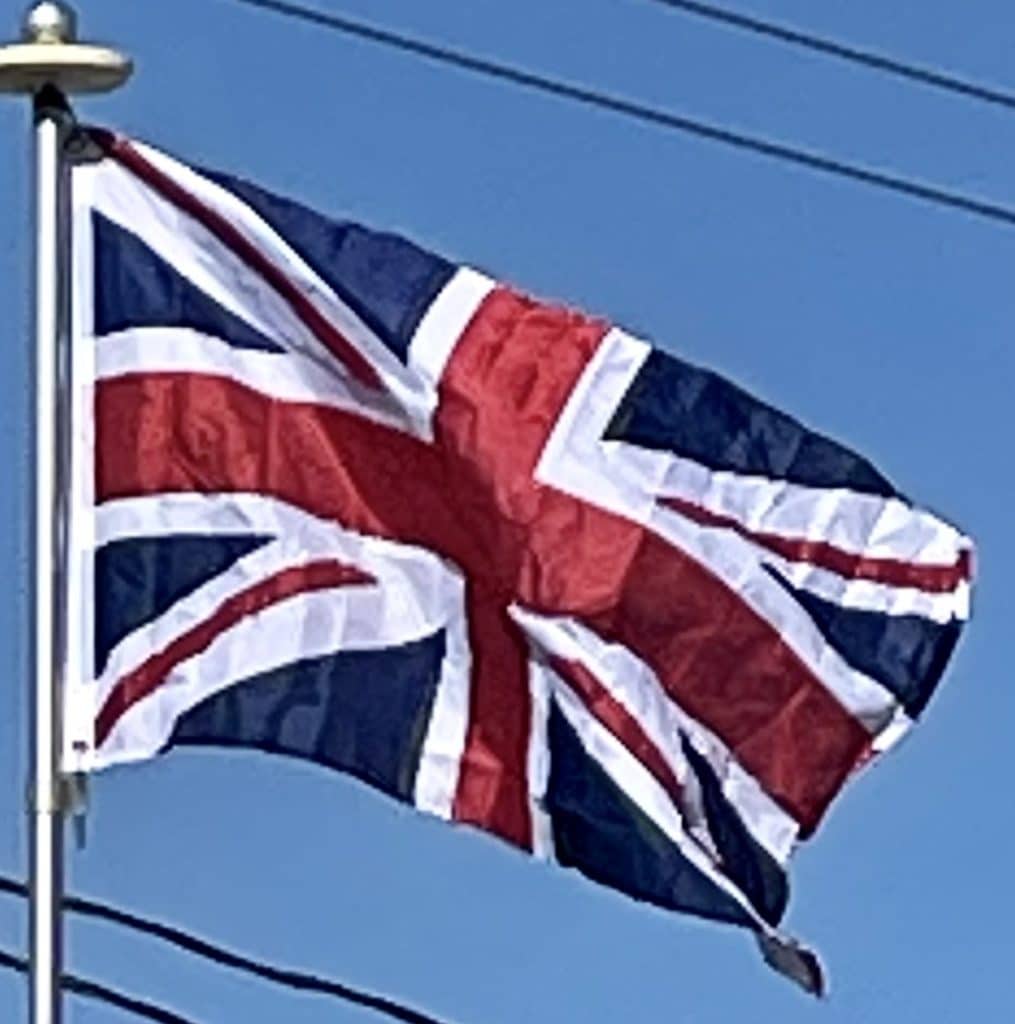Around the end of the 20th century, there were major changes to the governance of the UK with the establishment of devolved administrations for Scotland, Wales and Northern Ireland. The statutory incorporation followed acceptance of the European Convention on Human Rights. The UK is still a key global player diplomatically and militarily. It plays leading roles in the UN and NATO. Controversy surrounds some of Britain’s overseas military deployments, particularly in Afghanistan and Iraq.
21st century:
The 2008 global financial crisis severely affected the UK economy. The Cameron–Clegg coalition government of 2010 introduced austerity measures intended to tackle the substantial public deficits which resulted. In 2014 the Scottish Government held a referendum on Scottish independence, with 55.3 per cent of voters rejecting the independence proposal and opting to remain within the United Kingdom.
In 2016, 51.9 per cent of voters in the United Kingdom voted to leave the European Union. The UK remained a full member of the EU until 31 January 2020.
Geography:
The total area of the United Kingdom is approximately 244,820 square kilometers (94,530 sq mi). The country occupies the major part of the British Isles archipelago and includes the island of Great Britain, the north-eastern one-sixth of the island of Ireland and some smaller surrounding islands. It lies between the North Atlantic Ocean and the North Sea with the southeast coast coming within 22 miles (35 km) of the coast of northern France, from which it is separated by the English Channel. In 1993 10 per cent of the UK was forested, 46 per cent used for pastures and 25 per cent cultivated for agriculture. The Royal Greenwich Observatory in London was chosen as the defining point of the Prime Meridian in Washington, DC, in 1884, although due to more accurate modern measurement the meridian actually lies 100 meters to the east of the observatory.
Northern Ireland shares a 224-mile (360 km) land boundary with the Republic of Ireland. The coastline of Great Britain is 11,073 miles (17,820 km) long. It is connected to continental Europe by the Channel Tunnel, which at 31 miles (50 km) (24 miles (38 km) underwater) is the longest underwater tunnel in the world.
England accounts for just over half (53 per cent) of the total area of the UK, covering 130,395 square kilometers (50,350 sq mi). Most of the country consists of lowland terrain, with more upland and some mountainous terrain northwest of the Tees-Exe line; including the Lake District, the Pennines, Exmoor and Dartmoor. The main rivers and estuaries are the Thames, Severn and the Humber. England’s highest mountain is Scafell Pike (978 metres (3,209 ft)) in the Lake District.


